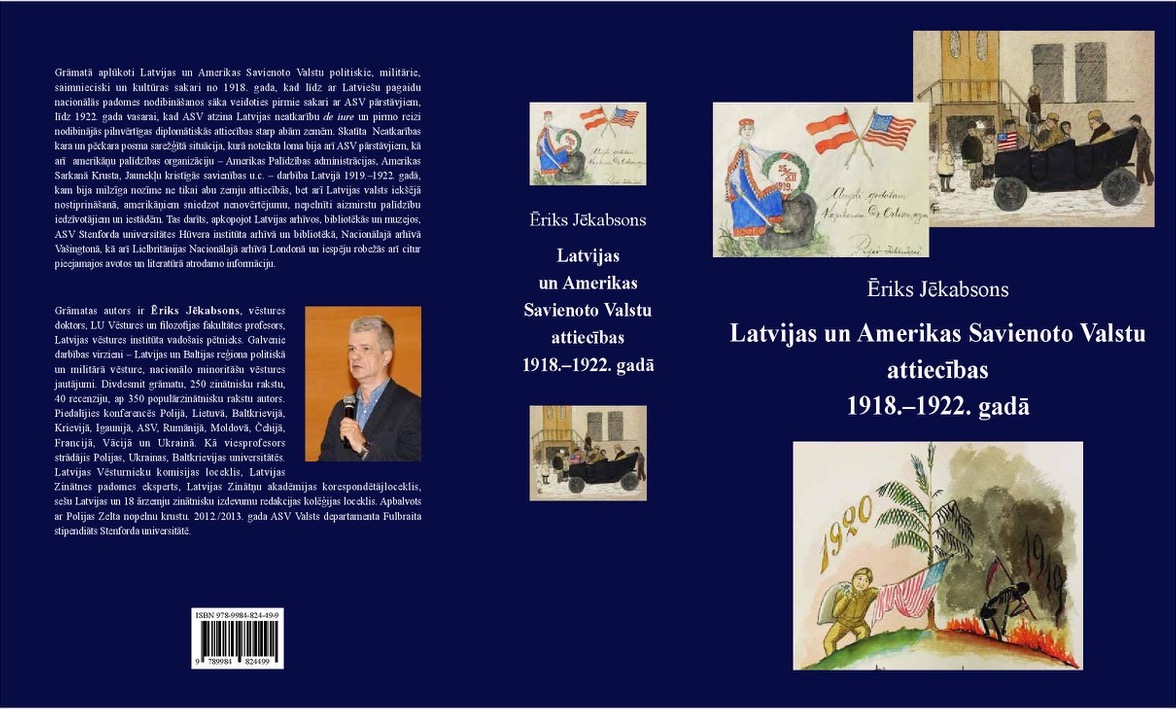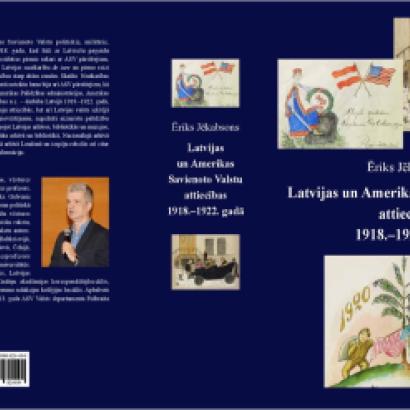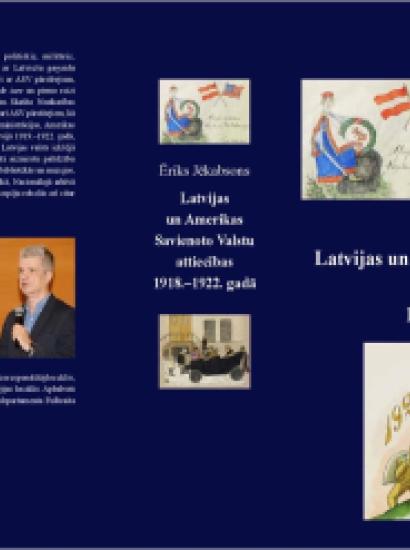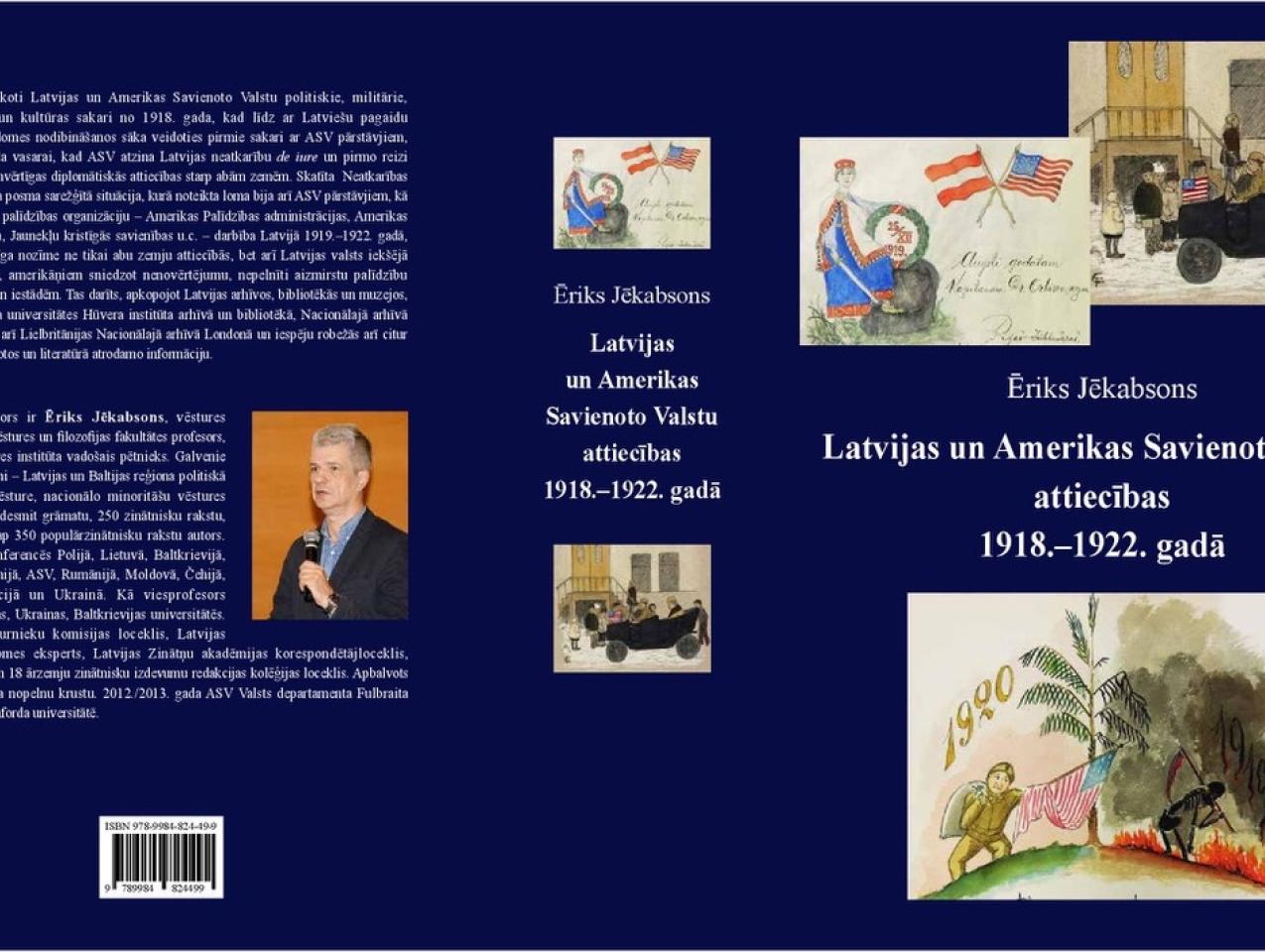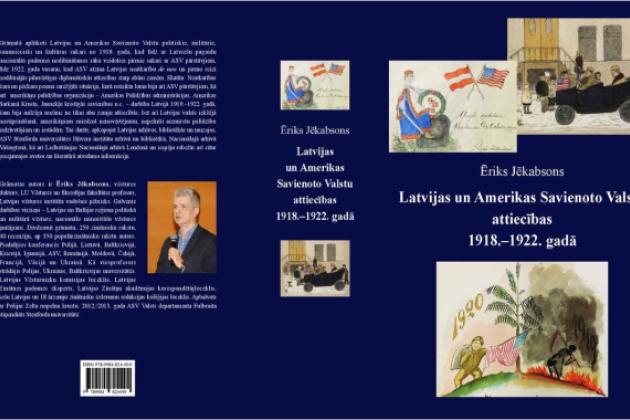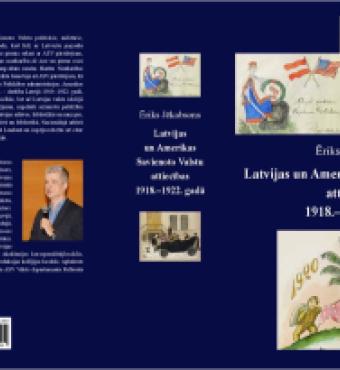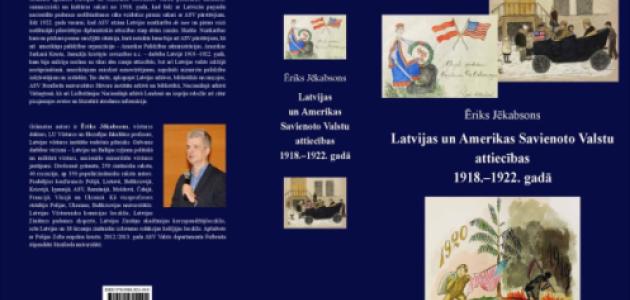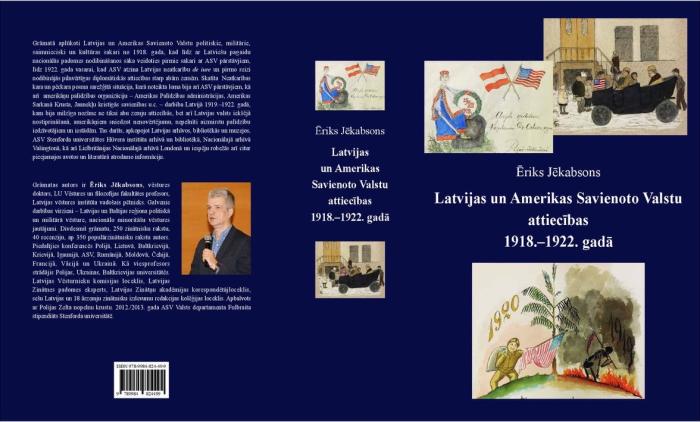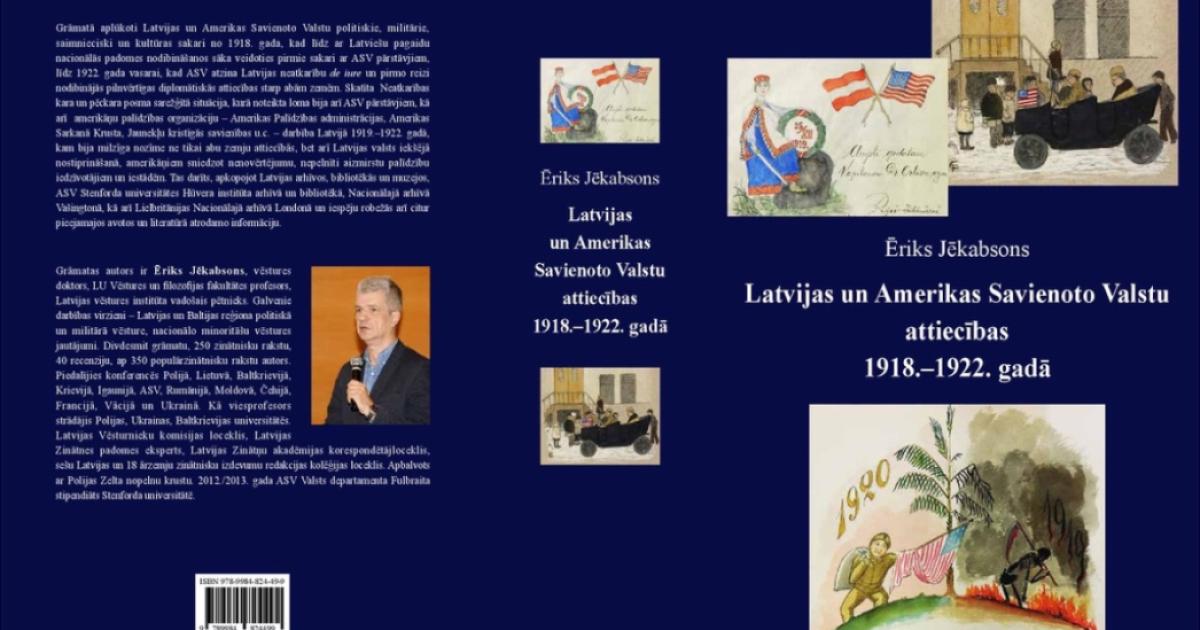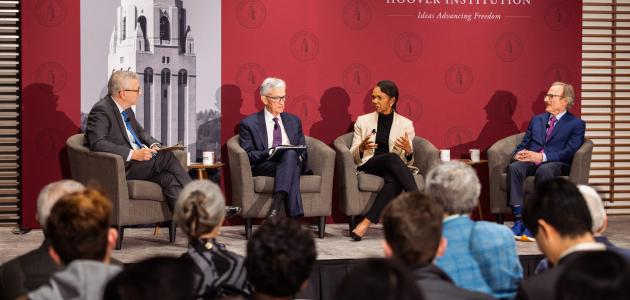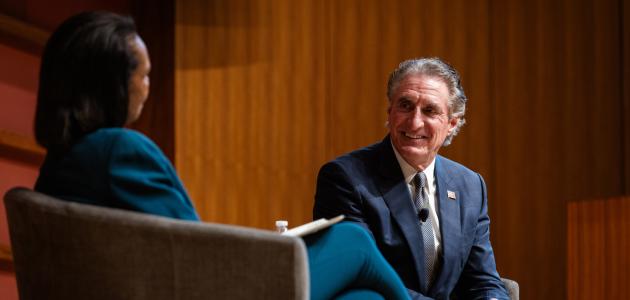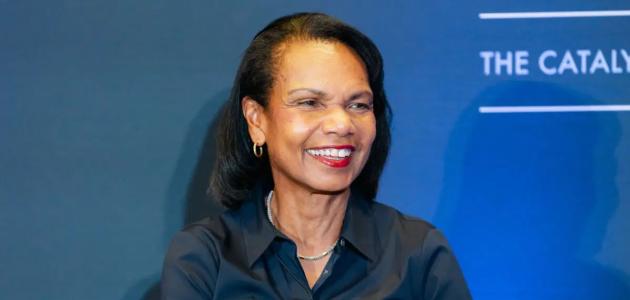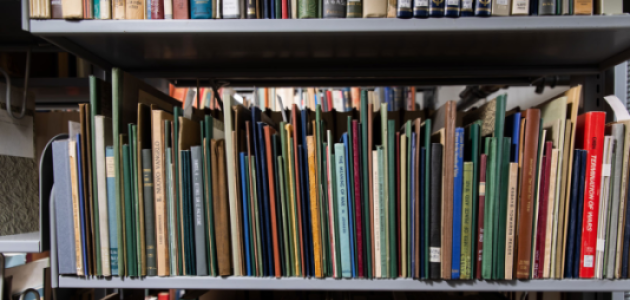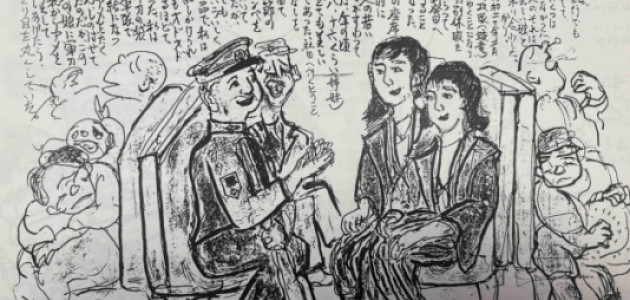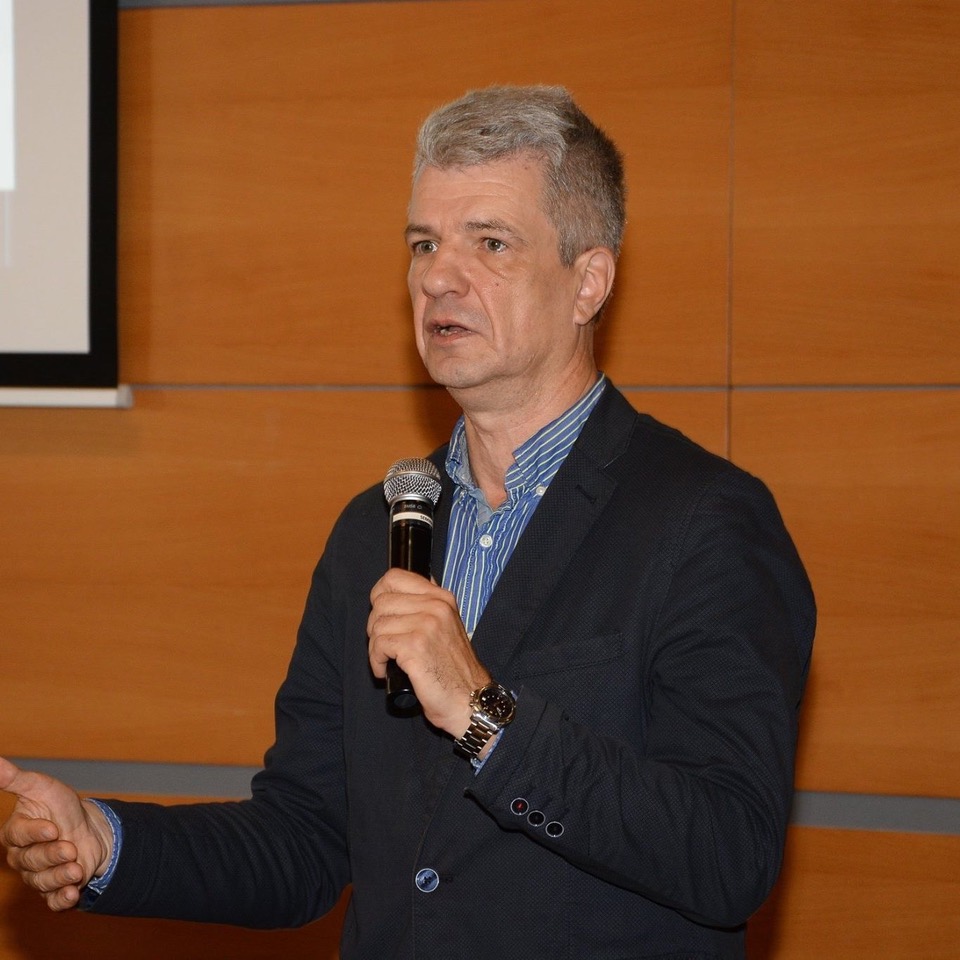
American interest in the Baltic region and Latvia during World War I and immediately after was mostly in the context of events in Germany and Russia. A Latvian delegation was present at the Paris Peace Conference of 1919 but only in an observer’s role. The United States and France, less so Britain, wanted to see a democratic Russia in its old borders, which left little room for the national aspirations of the non-Russian majorities of the Baltic region. Nonetheless, direct contacts gradually developed and intensified in the early spring of 1919 when the American Relief Administration (ARA), headed by Herbert Hoover, began its humanitarian aid work in the war-devastated region. The presence of the ARA was essential for the survival of the local population, especially its most vulnerable segment, the children. Some 30% of Latvian children received various forms of help from the Americans: food, clothing, medical assistance, etc. The effort was extremely complicated by the continuing occupation of parts of the area by German, Bolshevik and anti-Bolshevik forces, as well as political and social divisions within the Latvian society. Such problems as contested control of port facilities, lack of rolling stock, and financial chaos all contributed to operating difficulties. Politically, the United States continued to be committed to the restoration of a non-Bolshevik Russia, at the expense of the recognition of the Baltic states of Latvia, Lithuania, and Estonia. It was not until 1922, a year after the three joined the League of Nations and the Bolsheviks won the civil war in Russia, that the United States extended its recognition to Latvia and the other Baltic states.
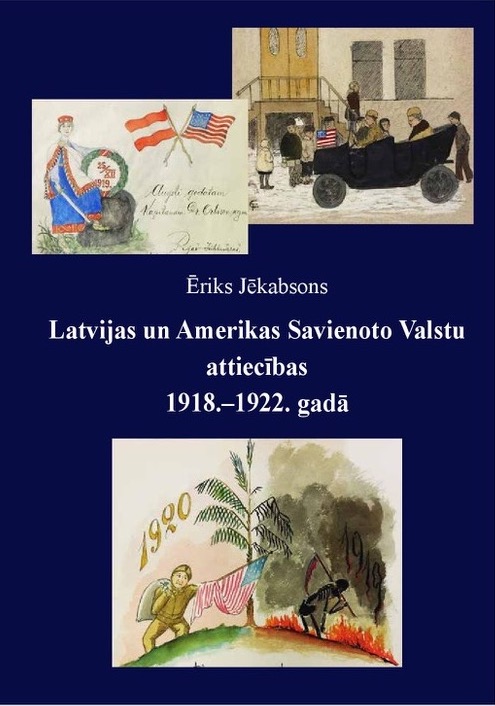
Besides the work of the ARA, the author traces the activities of other American organizations: namely the American Red Cross, the YMCA, the YWCA, and the American Jewish Joint Distribution Committee. There were hundreds of Americans working in Latvia during those years: government workers, military officers, medical staff, office personnel, technicians, etc. One of the most prominent and well remembered was Thomas J. Orbison, chief of ARA’s Latvian Mission from1919 to 1920, whose papers are available in the Hoover Archives. American presence in the Baltic states in the first years after World War I, much of it based in Riga, was the most intense in history. Its legacy was the friendly relations between the United States and the Baltic states during the interwar period and deep American sympathy for the people of the region, sympathy that underlined the lack of recognition of Soviet incorporation of Latvia, Lithuania and Estonia during the dark decades of Soviet domination of Eastern Europe later in the 20th century.
Eriks Jekabsons belongs to the younger generation of historians, those who completed their university studies and achieved their advanced degrees in free Latvia. He is a meticulous scholar and prolific writer. He has authored, co-authored, or edited some twenty books, as well as published over 200 scholarly articles. Besides his work at the University of Latvia, he regularly lectures at the University of Warsaw.
Maciej Siekierski siekierski@stanford.edu
Link to: Thomas James Orbison papers




